In the heart of our bustling cities, a quiet coexistence unfolds between humans and wildlife. From raccoons rummaging through trash bins to peregrine falcons nesting on skyscrapers, urban areas have become unexpected havens for many species. This phenomenon raises important questions about how we can share our concrete jungles with these wild neighbors while ensuring safety and harmony for all.
The relationship between humans and urban wildlife is complex and ever-evolving. As cities expand into natural habitats, many animals have adapted remarkably well to urban environments. Squirrels navigate power lines like tree branches, foxes learn to cross streets with traffic light patterns, and coyotes develop nocturnal habits to avoid daytime human activity. These adaptations demonstrate nature's incredible resilience, but they also create new challenges for both animals and people.
Understanding why wildlife comes to cities is crucial for developing effective coexistence strategies. Food availability often serves as the primary attractant - overflowing garbage, unsecured compost, and even intentional feeding create reliable food sources. Shelter represents another major draw, with buildings providing excellent substitutes for natural dens and nests. Climate change has further pushed some species toward urban areas as surrounding habitats become less hospitable.
Public perception of urban wildlife varies dramatically depending on the species involved. Songbirds and butterflies generally receive warm welcomes, while rats, pigeons, and cockroaches face widespread disdain. Even within species, opinions can shift - a lone deer might be considered majestic, while a herd becomes a nuisance. These subjective judgments often influence management approaches, sometimes to the detriment of ecological balance.
Conflict situations typically arise from misunderstandings of animal behavior. A raccoon knocking over trash cans isn't being malicious; it's simply following its natural foraging instincts. Geese aggressively defending their nesting areas aren't inherently hostile; they're protecting their young as any parent would. Recognizing these behaviors as natural rather than problematic helps frame more compassionate solutions.
Effective coexistence begins with habitat modification. Simple measures like securing garbage in wildlife-proof containers, removing standing water sources, and sealing potential entry points to buildings can significantly reduce unwanted encounters. Landscaping choices also play a role - native plants that provide natural food sources can keep certain animals away from human spaces while supporting local ecosystems.
Education forms the cornerstone of peaceful human-wildlife relations. Many people don't realize that feeding urban animals, however well-intentioned, often does more harm than good. Human food lacks proper nutrition for wildlife and can lead to health problems. Regular feeding also causes animals to lose their natural fear of humans, increasing dangerous interactions. Community outreach programs that explain these consequences can dramatically improve coexistence.
Wildlife rehabilitation centers play a vital role in urban ecosystems, caring for injured animals and orphaned young. These facilities not only give individual animals a second chance but also help maintain healthy population balances. Supporting such organizations through volunteering or donations represents one concrete way citizens can contribute to positive human-wildlife relations.
Technology offers innovative solutions for coexistence challenges. Motion-activated sprinklers can deter deer from gardens without causing harm. Specialized bridges and tunnels help animals safely cross busy roads. Apps that track wildlife sightings provide valuable data for researchers while alerting residents to potential activity in their areas. These tools demonstrate how human ingenuity can facilitate harmony with our wild neighbors.
Legal protections form another critical component of urban wildlife management. Many species, even those considered nuisances, are protected by local or national laws. Understanding these regulations helps prevent well-meaning but illegal actions like relocating animals or destroying nests. Municipal wildlife policies that balance animal welfare with human safety require ongoing refinement as urban ecosystems evolve.
The psychological benefits of urban wildlife shouldn't be underestimated. Studies show that encounters with nature, even in city settings, reduce stress and improve mental health. Children who observe urban wildlife develop stronger connections to the natural world. These intangible benefits remind us that our wild neighbors contribute value beyond ecological considerations.
Climate change promises to intensify urban wildlife challenges as shifting temperatures alter animal ranges and behaviors. Some species may disappear from cities while others arrive for the first time. Developing flexible, forward-thinking strategies now will prepare urban areas for whatever changes come. This requires collaboration between ecologists, urban planners, policymakers, and community members.
Successful human-wildlife coexistence ultimately depends on recognizing that cities belong to nature as much as they do to humans. Every parking lot was once someone's habitat, every high-rise displaces someone's home. With thoughtful approaches that respect all urban residents - whether on two legs or four, with wings or paws - we can create cities that thrive as shared spaces for all species.
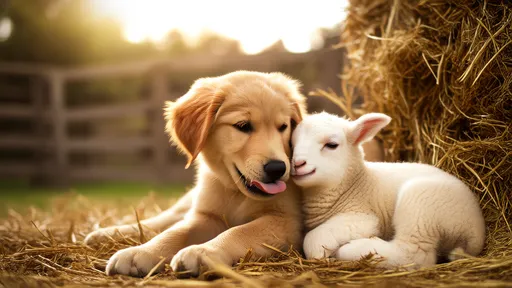
By /Aug 4, 2025
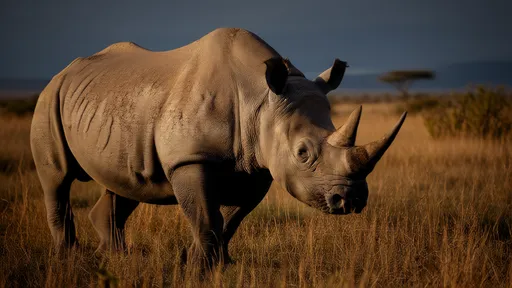
By /Aug 4, 2025
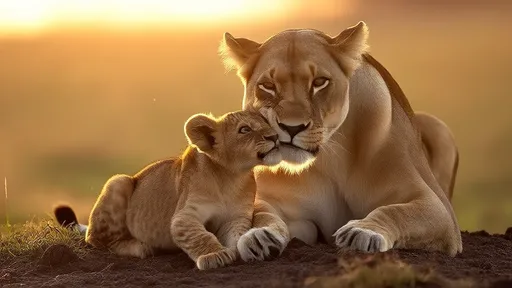
By /Aug 4, 2025

By /Aug 4, 2025

By /Aug 4, 2025

By /Aug 4, 2025
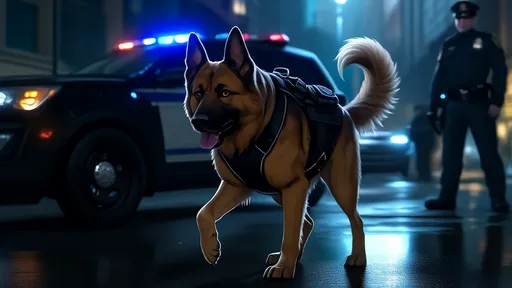
By /Aug 4, 2025

By /Aug 4, 2025
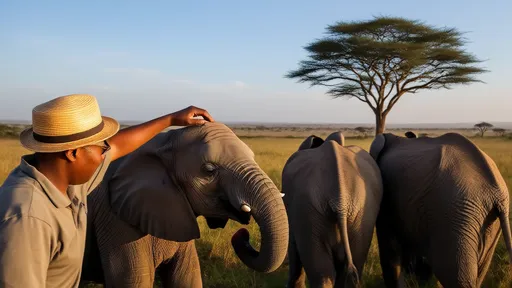
By /Aug 4, 2025

By /Aug 4, 2025
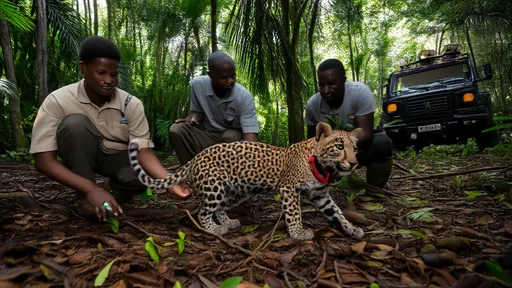
By /Aug 4, 2025

By /Aug 4, 2025
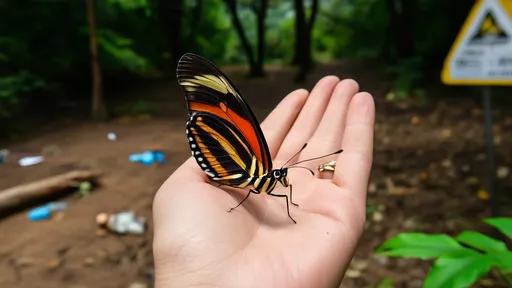
By /Aug 4, 2025

By /Aug 4, 2025
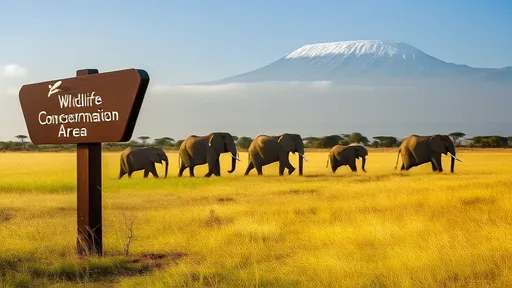
By /Aug 4, 2025
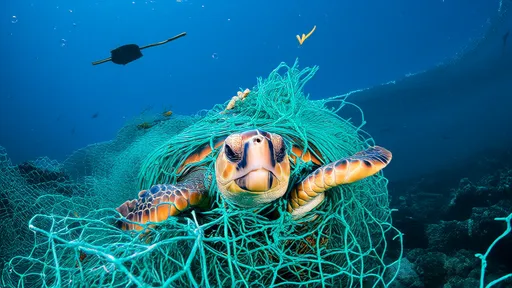
By /Aug 4, 2025

By /Aug 4, 2025
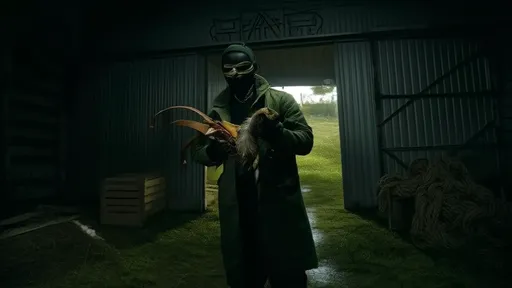
By /Aug 4, 2025

By /Aug 4, 2025
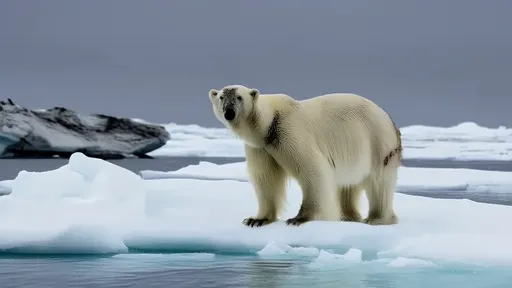
By /Aug 4, 2025